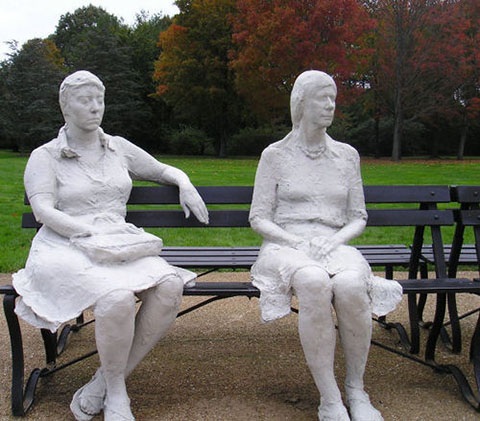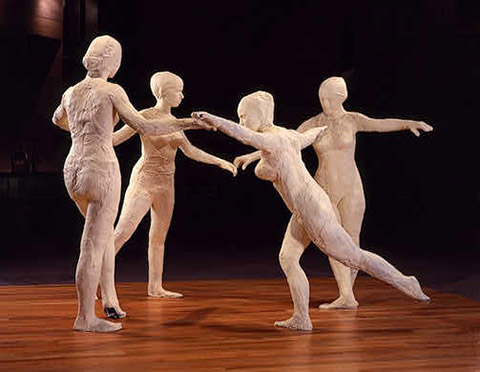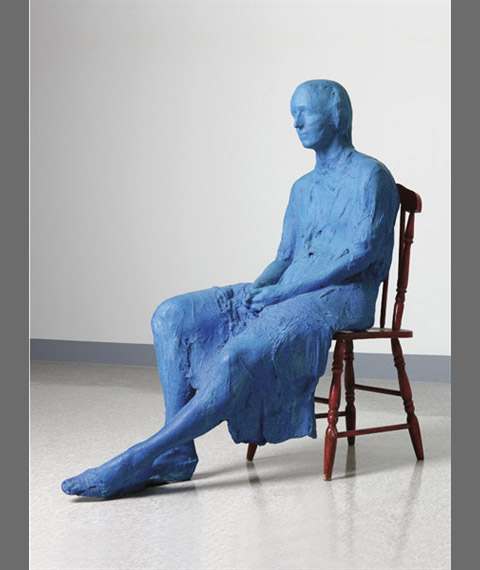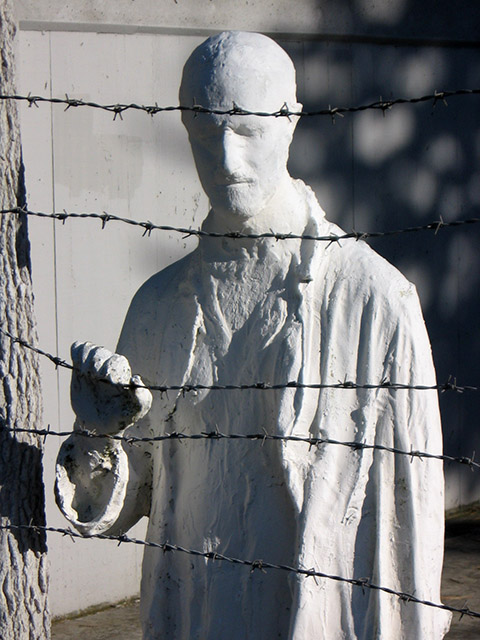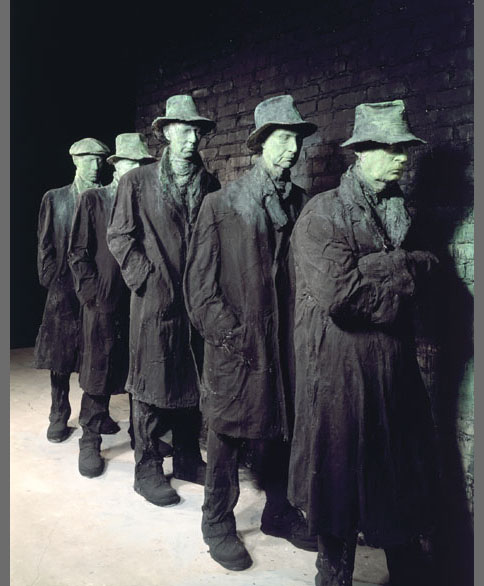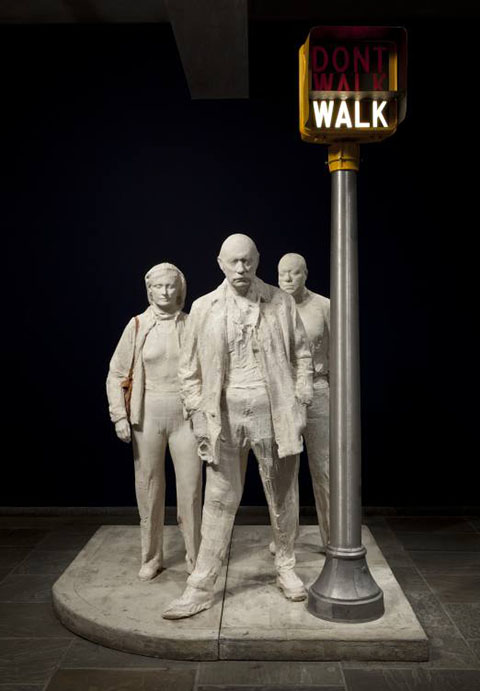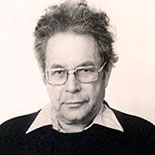 George Segal (November 26, 1924 – June 9, 2000) was an American sculptor associated with the Pop Art movement.
George Segal (November 26, 1924 – June 9, 2000) was an American sculptor associated with the Pop Art movement.
In place of traditional casting techniques, Segal pioneered the use of plaster bandages (plaster-impregnated gauze strips designed for making orthopedic casts) as a sculptural medium. In this process, he first wrapped a model with bandages in sections, then removed the hardened forms and put them back together with more plaster to form a hollow shell. These forms were not used as molds; the shell itself became the final sculpture, including the rough texture of the bandages. Initially, Segal kept the sculptures stark white, but a few years later he began painting them, usually in bright monochrome colors. Eventually he started having the final forms cast in bronze, sometimes patinated white to resemble the original plaster.
Segal’s figures had minimal color and detail, which gave them a ghostly, melancholic appearance. In larger works, one or more figures were placed in anonymous, typically urban environments such as a street corner, bus, or diner. In contrast to the figures, the environments were built using found objects.
He was presented with the United States National Medal of Arts in 1999.

